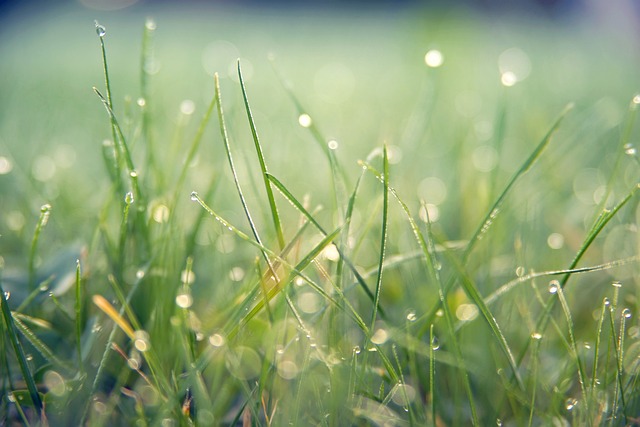Irrigation system installation for Lawn Care and Landscaping demands understanding grass types, soil composition, and regional climates. Warm-season grasses require less frequent, deep watering, while cool-season grasses need more frequent, shallow applications. Microclimates within the lawn necessitate precise irrigation programming based on turfgrass species, soil, and local weather patterns, conserving water and promoting healthier lawns. The right system, tailored to climate, soil type, and property size, ensures efficient water distribution using smart technology that optimizes watering schedules. Proper planning, strategic layout, regular maintenance, and suitable equipment like sprinkler heads or drip lines are crucial for durable, low-maintenance Lawn Care and Landscaping.
“Transform your lawn from a mere green patch to a thriving oasis with an efficient irrigation system. Effective lawn care and landscaping depend on understanding your turf’s unique water requirements—a cornerstone for successful installation. This article guides you through the process, from assessing water needs to selecting the ideal irrigation system. We’ll explore key factors, offering insights into best practices for a durable, high-performance solution that ensures your lawn receives just the right amount of water, year-round.”
- Understanding Your Lawn's Water Needs: A Foundation for Effective Irrigation
- Choosing the Right Irrigation System: Factors to Consider for Optimal Performance
- Installation Tips and Best Practices for a Durable and Efficient Lawn Care Solution
Understanding Your Lawn's Water Needs: A Foundation for Effective Irrigation

Irrigation system installation begins with understanding your lawn’s unique water needs, a cornerstone for effective lawn care and landscaping. Different grasses, soil types, and regional climates demand tailored hydration approaches. For instance, warm-season grasses like Bermuda or Zoysia require less frequent but deeper watering to encourage deep root growth, while cool-season grasses such as Kentucky Bluegrass thrive with more frequent, shallow applications. Additionally, understanding your lawn’s microclimates—shaded versus sunny areas—is crucial because these variations impact moisture retention and evaporation rates.
By assessing your turfgrass species, soil composition, and local weather patterns, you can program your irrigation system to deliver the optimal amount of water precisely when needed. This precise approach not only conserves water but also fosters a healthier, more vibrant lawn—a key aspect of successful lawn care and landscaping practices.
Choosing the Right Irrigation System: Factors to Consider for Optimal Performance

When considering an irrigation system installation, selecting the appropriate system is key to achieving efficient water distribution for your lawn care and landscaping needs. Several factors influence this decision, ensuring optimal performance tailored to your property’s unique requirements. One of the primary considerations is climate and weather patterns. Different regions have distinct dry seasons and rainfall distributions, dictating the type and schedule of irrigation necessary to sustain vibrant outdoor spaces.
Additionally, soil type plays a pivotal role. Sandy soils, for instance, require more frequent but lighter water applications due to their quick drainage, while clay-rich soils may need deeper, less frequent watering to prevent water pooling and root rot. The size and layout of your property are also crucial, dictating the extent of coverage needed. Efficient irrigation systems incorporate smart technology to adapt watering schedules based on real-time weather data and soil moisture levels, ensuring responsible water usage and lush, healthy landscapes.
Installation Tips and Best Practices for a Durable and Efficient Lawn Care Solution

When installing an irrigation system, proper planning and execution are key to ensuring a durable and efficient lawn care solution. First, assess your lawn’s unique needs by considering factors like soil type, climate, and vegetation density. This understanding guides your choice of irrigation equipment, be it sprinkler heads, drip lines, or micro-sprinklers, each designed for specific applications in lawn care and landscaping.
Best practices include laying out the system logically to minimize water waste, ensuring proper spacing between sprinkler heads, and incorporating smart controls that allow for precise timing and adjustments based on weather conditions. Regular maintenance is equally vital; check for leaks, clear debris from nozzles, and adjust spray patterns as your lawn grows or the seasons change. These tips contribute to both the longevity of your irrigation system and the health of your lawn, creating a lush, vibrant landscape that requires less manual care.
Irrigation system installation is a strategic investment in your lawn care and landscaping. By understanding your lawn’s water needs, selecting the right system, and adhering to best practices during installation, you empower your yard to thrive. With efficient watering, you not only conserve resources but also ensure a lush, vibrant lawn that enhances your outdoor space.



